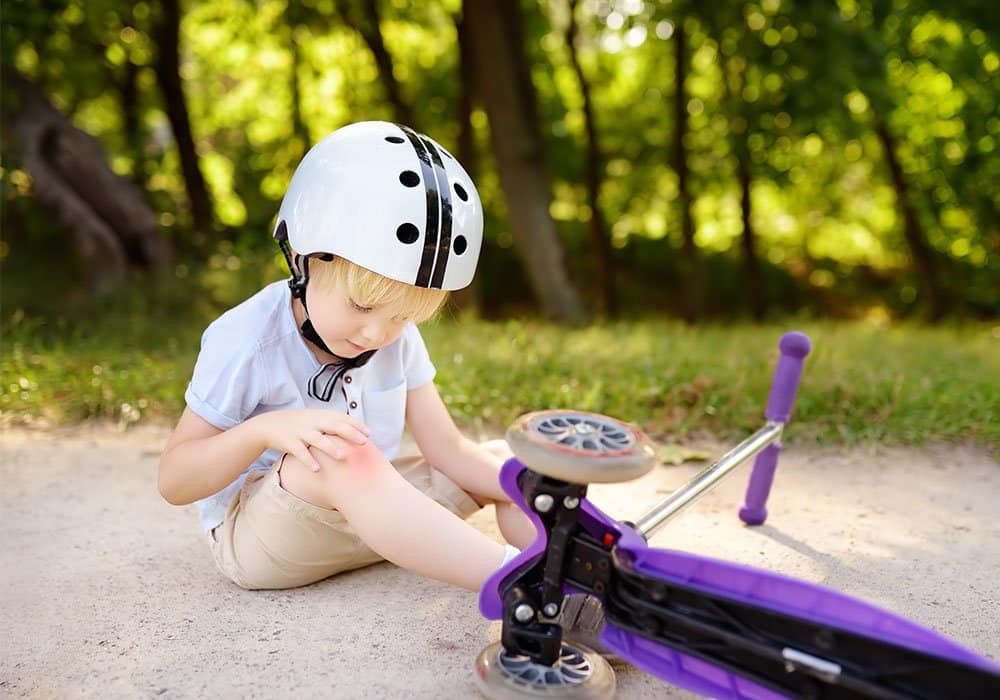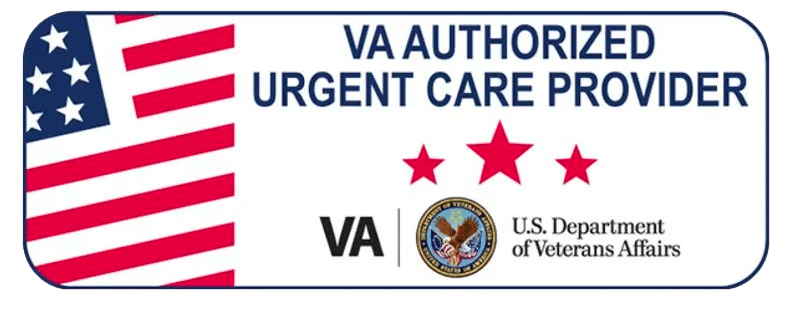While we cannot walk around handing out medical degrees to just anyone, we recognize the effort parents put into caring for their kids, becoming compressed versions of nurses, doctors, medics, and technicians all at once. Some parents, especially those of kids who are accident prone, exceptionally adventurous, or have special needs of differing types, become health experts. Even if you aren’t at that point yet, in this two part series a few tips and tricks are offered to help you care for your kid if they are injured.
1. Head Injury
If your child has pain in their neck, has a tingling sensation in their limbs, has lost consciousness, vomiting, confusion, or is extra sleepy, seek medical assistance immediately. Otherwise, you can keep your child still until the pain subsides or apply a small icepack, wrapping in a thin towel if necessary. If they are acting normal, they will probably be fine after a period of time, but monitor their symptoms just in case. According to Dr. Ethan Weiner of NYU Langone Health, “Rest is actually part of the treatment for a concussion…” so don’t feel compelled to keep your child moving in order to keep them fully awake.
2. Allergic Reaction
Whether your child has exposure to a known allergy or something new, be on the lookout for hives, for swelling in the face or lips, coughing or clearing of the throat, and, in some cases, vomiting, diarrhea, or dizziness occurs. An EpiPen should be used if one is available and follow the protocol recommended by your doctor. If not, we strongly advise keeping Benadryl or a similar medicine on hand. Reach out for medical help if symptoms are severe or persist.
3. Tooth Injury
Other than visibly seeing a missing tooth or missing portion of a tooth, there may be damage to the outside of the mouth as well. You will need to visit your dentist or an emergency room for a permanent tooth, but also for just a chipped tooth. On your way, place the tooth back into the socket and help hold it in place with a clean cloth or paper towel. If your child cannot keep the tooth in place, add saliva or milk into a sealable container and place the tooth until you arrive.
4. Nosebleed
No matter how crazy people may look at you, due to decades of myths, lean your child’s head forward slightly with a clean rag under the nostrils. Firmly pinch or place pressure on the nasal bone for up to 15 minutes. Do not place tissue into the nostril and encourage your child to avoid blowing their nose for several hours after. If the nosebleed is due to an injury and you suspect a broken nose, you will need to visit the doctor.
5. Broken Bone
If you can see the bone protruding from the skin, it is obvious medical attention is needed. If not, monitor your child for pain, swelling, and even nausea. These could be signs their bone is broken. In the meantime, make your child comfortable and move the affected area as little as possible.
6. Eye Injury
If there has been force to the eye causing pain, don’t open it or try to flush it. For injury due to exposure to something, gently opening the eye and flushing it with saline solution or tap water can help. If a chemical has been exposed to the eye and is also impacting the surrounding skin, seek the help of medical care.
For many of these injuries, Integrity Urgent Care can help care for your child. Each of our locations is open from 8am to 8pm, seven days a week. Whether you call ahead or walk in, we can care for your family.
https://www.parents.com/health/injuries/first-aid/first-aid-tips-for-common-kid-injuries/?did=428299-20190910&cmp=parentsdailytoddler_091019&utm_campaign=parents-daily-toddler_newsletter&utm_source=parents.com&utm_medium=email&utm_content=091019&cid=428299&mid=24391003988
http://www.aed.com/blog/10-reasons-why-you-should-learn-cpr/




